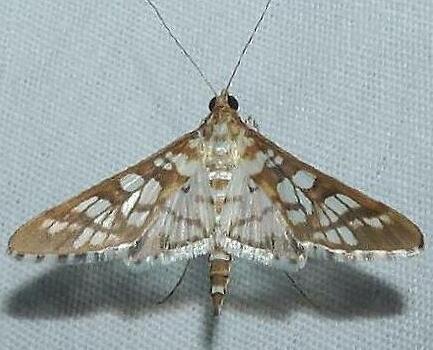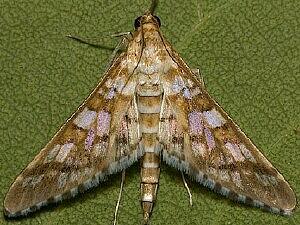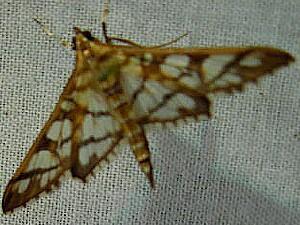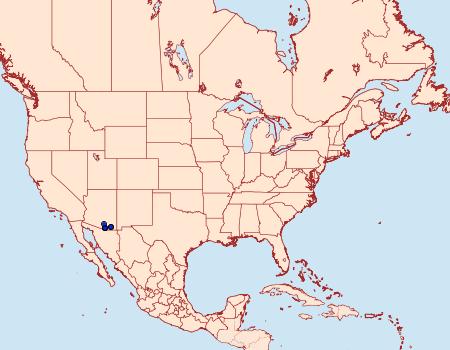
|

Digital Guide to Moth Identification |

|
|
Crambidae
80a1086 –
5148 Epipagis disparilis
(Dyar, 1910)
|
||||||||
| Photographs are the copyrighted property of each photographer listed. Contact individual photographers for permission to use for any purpose. | ||||||||

© Bob Beatson |
||||||||
|
||||||||
| References (Caution: DNA barcoding at BOLD provides evidence of relatedness, not proof of identification; some BOLD specimens shown may not be sequenced.) | ||||||||
|
||||||||
 © Charles Melton  © Richard Wasson |
Moth Photographers Group at the Mississippi Entomological Museum at the Mississippi State University
Send suggestions, or submit photographs to Webmaster — Moth Photographers Group
Database design and scripting support provided by Mike Boone
